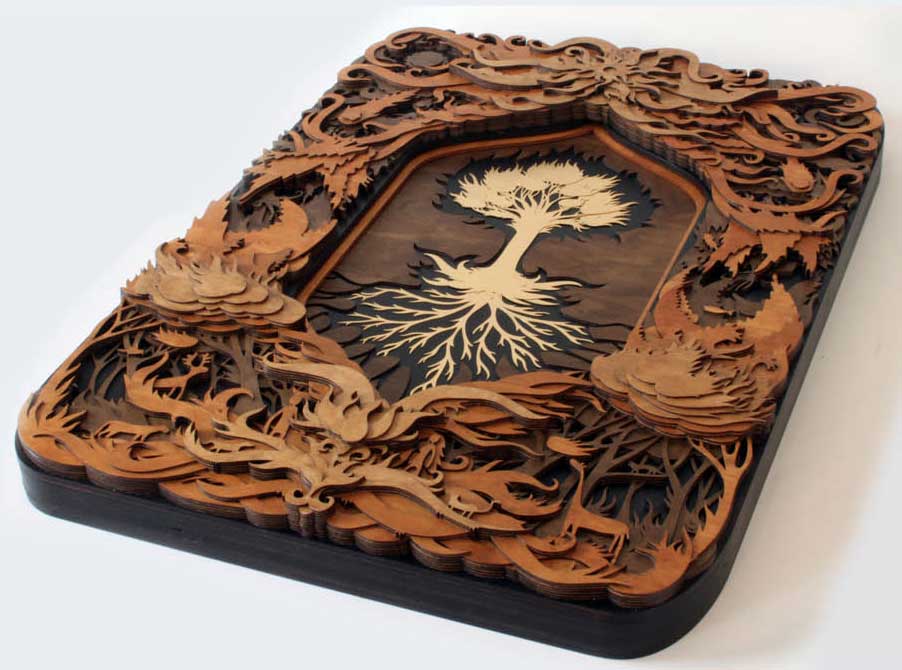There are three basic permanent marking laser services on the market today; laser marking, laser etching and laser engraving. Each one offers a permanent marking solution to clients adding a permanent marking solution in many applications to provide clearly legible products and parts identification.
Even though the terms are often used interchangeably, in fact there are differences. Each of these types of laser identification processes has its own attributes and applications that make it ideal for different jobs.
Laser marking
Essentially, laser marking is the effect when a highly coherent laser beam interacts with the surface (substrate) of a material, and slightly alters its properties and appearance. This is achieved by using a low-powered laser beam that slowly passes across the material using a process called “discolorization”. This creates marks with high-contrast without disturbing the actual material. The laser beam heats the material which causing oxidation underneath the surface, turning and burning it so it turns black. Using metals, the low temperatures anneal the surface, while also leaving it virtually intact.
Today, there are four separate types of laser marking. These include:
- annealing
- carbon migration
- foaming and
- coloration.
In the medical device industry, laser marking is used for stainless steel and titanium parts; it can also be used on other materials. Laser markers are ideal for bar codes, QR and UID codes, company logos and many other needs for identification.
Laser Engraving
Laser engraving involves a procedure where the laser beam burns away the surface of the substrate operating at a high temperature to quickly cause the material to vaporize. The process is extremely fast and exposes a cavity that is visible to the eye and touch. Repeating the process forms even deeper marks when needed.
Three types of laser engraving are used today are:
- etching
- deep laser engraving and
- laser ablation
The differences between these three types depend on what the surface is and how much is removed. Laser engraving is the most common option for users who want an article personalized or customized. It is not ideal for marking safety-critical parts. However, this is the fastest way of marking with a laser and is ideal for parts that are expected to receive high wear. It is typically used in engraving logos and serial numbers and works on nearly any surface, from plastic, wood, metal, leather or glass surfaces.
Laser Etching
Laser etching is actually a subset of laser engraving, and occurs when the laser’s beam causes the substrate to melt. The melted material expands to cause a raised mark that is easily visible to the eye and touch. Unlike engraving, the depth of etching is typically very shallow.
Laser etching changes the surface finish of metals, and alters its reflectivity to enhance contrast. It is usually done on bare, anodized or plated metallic surfaces, polymers, and ceramics.
All three of these processes result in permanent marking solutions for clients and add clearly legible products and parts identification to make users of the products happy with excellent profits and increased sales opportunities.




